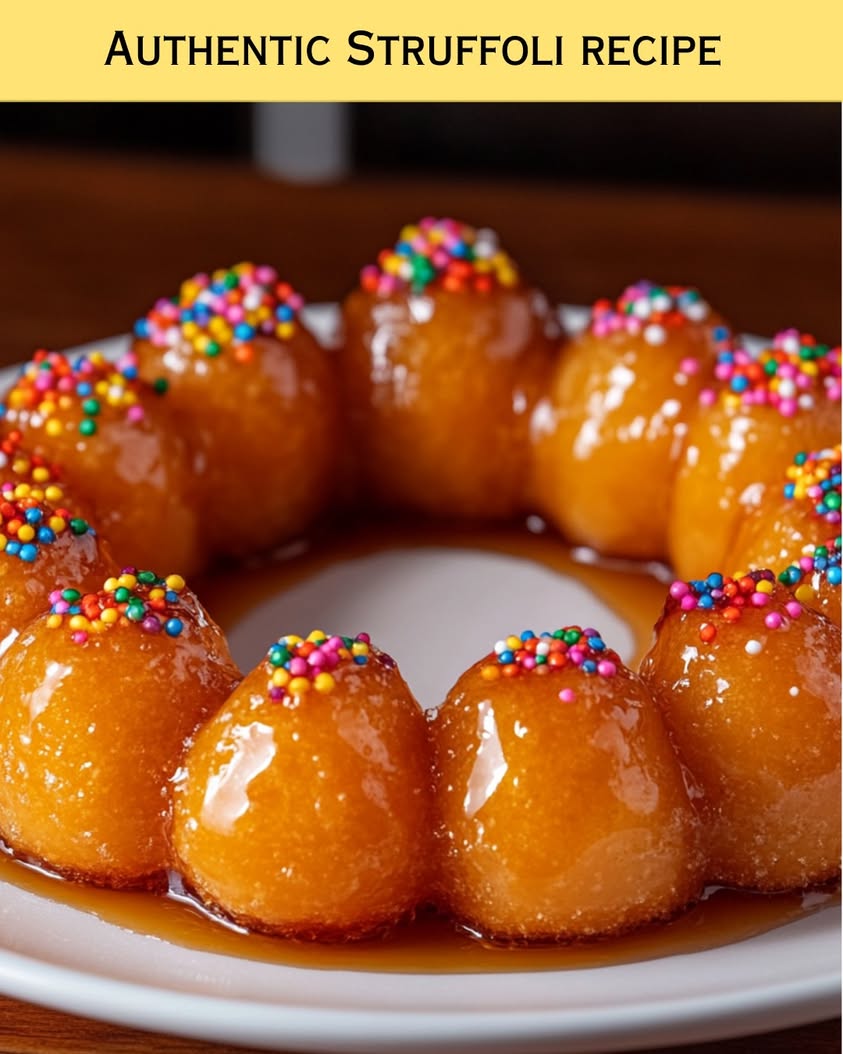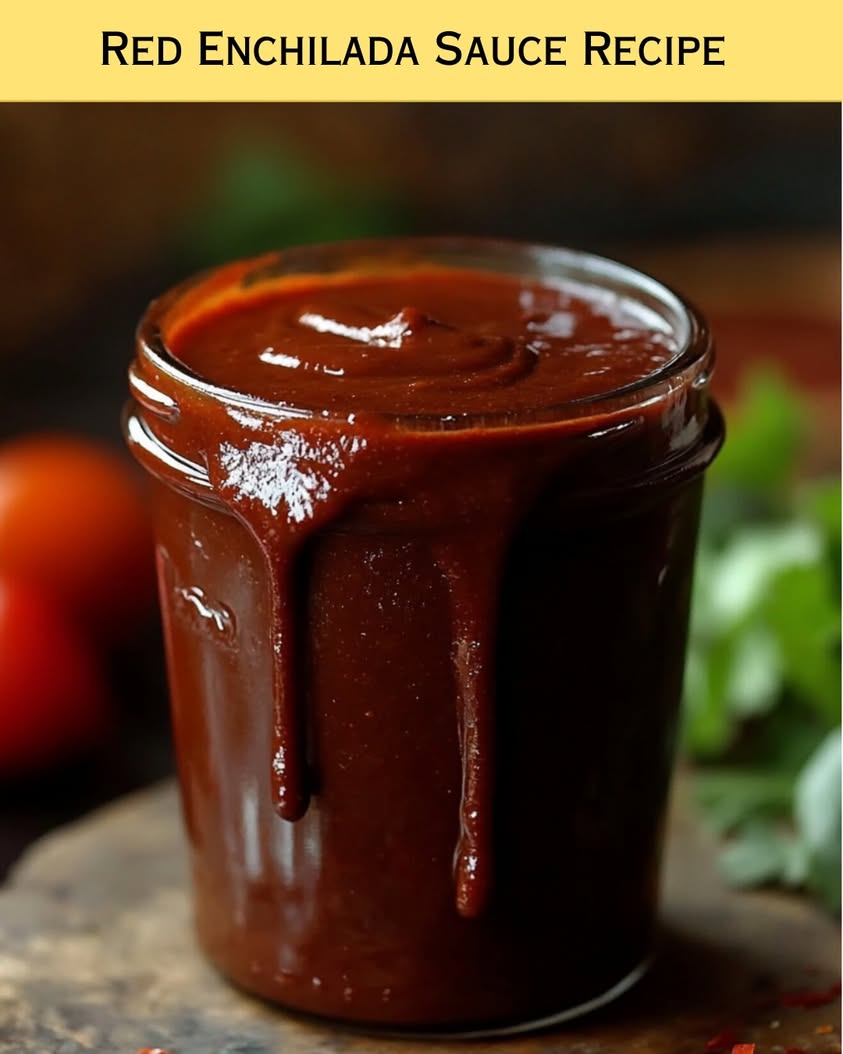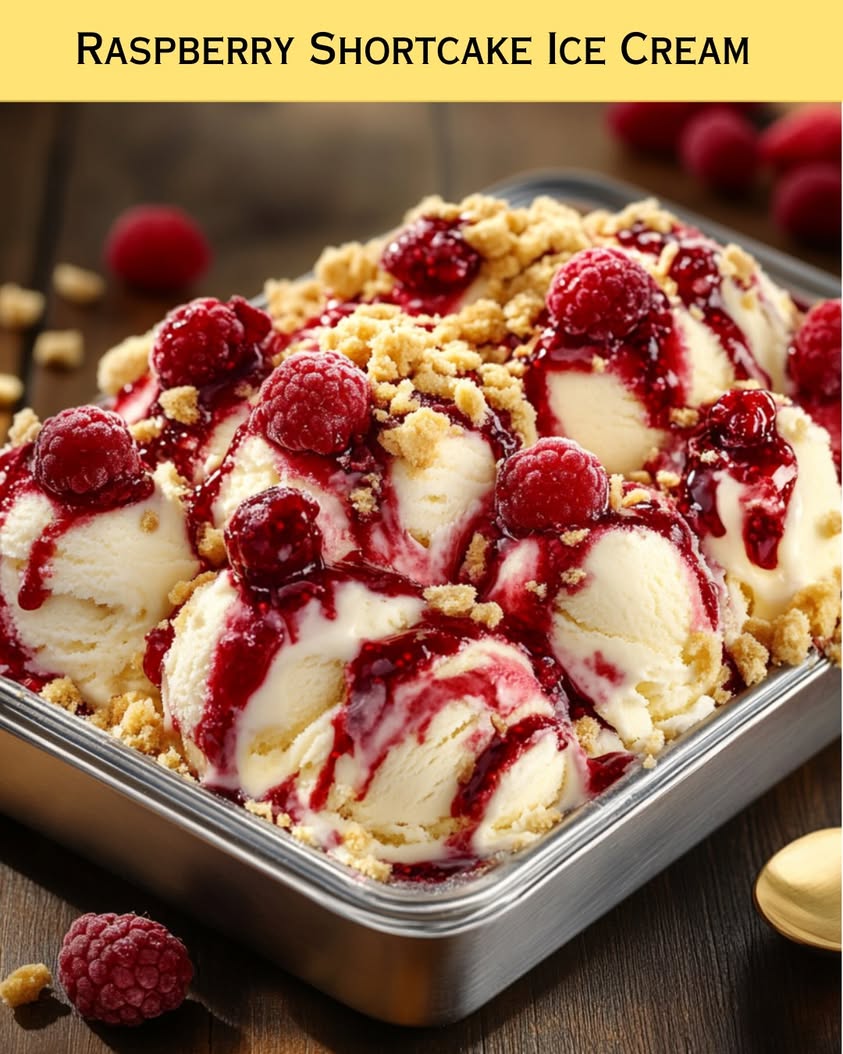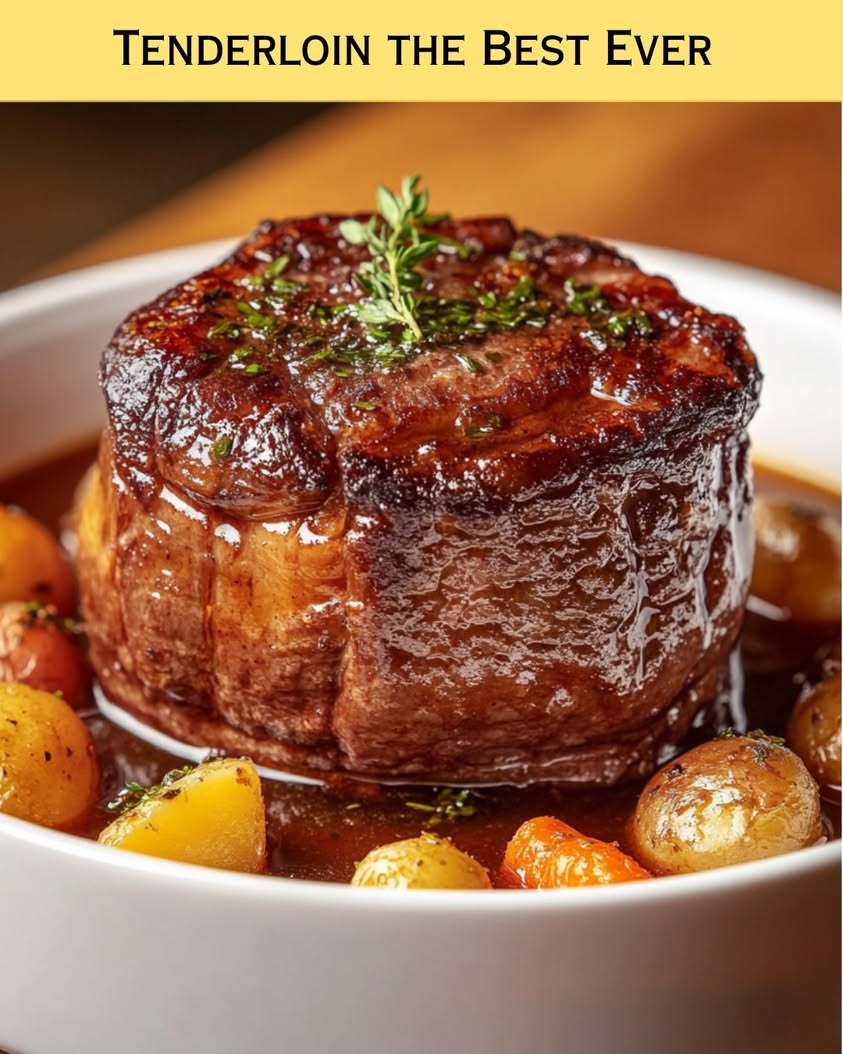Authentic Struffoli: A Sweet Italian Tradition
Struffoli are a delightful Italian pastry, particularly beloved during the Christmas season but enjoyed all year round. These little, doughnut-like balls are fried to a golden crisp and then coated in a sweet honey syrup, resulting in an irresistible treat that combines a satisfying crunch with a soft, tender interior. The sweetness of the honey, along with a hint of citrus zest and a sprinkle of colorful nonpareils, offers a visually appealing and delectably tasty dessert that captures the essence of Italian cuisine.
When it comes to flavor, each bite of struffoli delivers a burst of sweetness, accented with aromatic notes of anise or vanilla, depending on your preference. The texture plays an essential role, too, as the contrast between crispy outer shells and a soft, airy inside creates a harmonious sensation. These honey-drizzled gems are not only a festive treat but also a wonderful way to immerse yourself in Italian culture while connecting with family traditions around the holiday table.
Quick Recipe Highlights
- Flavor Profile: Struffoli are luxuriously sweet, with the rich taste of honey and a subtle tang from citrus zest.
- Texture: The outer layer is perfectly crispy, while the inside is light and airy, creating a delightful mouthfeel.
- Aroma: The warm fragrance of honey melds beautifully with hints of lemon and vanilla, enticing your senses.
- Visual Appeal: Struffoli are garnished with festive sprinkles, making this sweet treat visually striking and appealing for any occasion.
- Skill Level Needed: While the technique is straightforward, achieving the perfect frying temperature requires some practice to avoid overcooking or grease retention.
- Special Equipment: You’ll need a heavy-bottom pot for frying and a slotted spoon for safe and effective frying.
Recipe Overview
- Difficulty Level: Medium, as it requires attention to detail, especially during frying to get that perfect golden color.
- Category: Dessert or Snack, perfect for festive occasions but enjoyable at any time.
- Cuisine: Classic Italian, deeply rooted in traditions that celebrate togetherness and family.
- Cost: Affordable, primarily using staple ingredients like flour, eggs, and honey, typically costing less than $20.
- Season: Ideally enjoyed during winter holidays but delightful year-round, particularly for celebrations.
- Occasion: A fantastic addition to Christmas desserts, family gatherings, or festive celebrations.
Why You’ll Love This Recipe
Struffoli not only delight the palate but also evoke cherished memories, often associated with family gatherings and joyful occasions. The unique combination of textures, with their crunchy exterior and soft center, makes each bite an experience to savor. This recipe is not only easy to follow but also allows for personal variations, whether by changing the spices or the types of decorative sprinkles used.
The nutritional benefits are surprising; the use of honey as a sweetener adds natural antioxidants and can be less processed than other sugars. Struffoli are also versatile, fitting into various dietary preferences and festive themes. Whether you serve them at a holiday party or a backyard barbecue, struffoli’s inviting look and comforting taste create joyous moments shared around the table.
Socially, preparing struffoli can be a fun family affair, bringing loved ones together to roll, fry, and coat these sweet delights. This interactive cooking experience creates stories and laughter, making every bite a little sweeter. Cost-effectiveness is another advantage, as the simple ingredients make it accessible to all, from newcomers to seasoned bakers.
Historical Background and Cultural Significance
Struffoli traces its roots back to ancient Italy, where the combination of flour, eggs, and honey symbolized prosperity and joy. Traditionally, they were prepared during festive occasions, especially Christmas, and their round shape represents abundance. Originating from Naples, struffoli have become a beloved holiday staple throughout Italy, each region adding its unique twist through variations and presentation.
Cultural significance is rich, as struffoli is often shared among family and friends during celebrations, embodying the spirit of togetherness. Over the years, the recipe has evolved, incorporating more diverse ingredients and modern adaptations while still honoring its historical roots. Today, many Italian-American families keep the tradition alive, often creating struffoli for festive gatherings, ensuring these sweet treats transcend generations.
Regional variations abound, with some areas opting for different spices or flavored syrups, highlighting local tastes and traditions. Whether drizzled with chocolate or adorned with candied fruits, struffoli reflects the creativity and pride embedded in Italian culinary culture.
Ingredient Deep Dive
- Flour: Flour serves as the foundation for struffoli. It’s essential for structure, so using all-purpose flour is perfect for this recipe. Ensure it’s fresh for the best results and store it in a cool, dry place to maintain quality.
- Honey: A key ingredient that gives struffoli their distinctive sweetness. Opt for high-quality, local honey for the best flavor. Honey also provides health benefits, offering antioxidants and antimicrobial properties.
- Eggs: Eggs contribute richness and help bind the dough. Look for farm-fresh eggs, as they can enhance the flavor of your struffoli. Store them in the refrigerator for longer shelf life.
- Flavorings: Vanilla and citrus zest add depth of flavor to the dough. Always opt for fresh zest to achieve brighter flavors, and consider using organic fruits to avoid any pesticide residues.
Common Mistakes to Avoid
- Using cold ingredients: Ensure all ingredients are at room temperature to promote better mixing and rise.
- Frying at the wrong temperature: Check the oil temperature; too hot will burn the struffoli, while too cold will make them greasy.
- Skipping the resting period: Allowing the dough to rest ensures proper gluten development, leading to a better texture.
- Overcrowding the frying pan: Fry in small batches to maintain the temperature and ensure even cooking.
- Neglecting to drain properly: After frying, let struffoli drain on paper towels to absorb excess oil for a cleaner finish.
- Not coating evenly: Ensure every piece is well coated in honey for maximum flavor.
- Skipping the garnishes: Decorative elements enhance both appearance and taste, so don’t skip them!
- Storing incorrectly: Store struffoli in an airtight container at room temperature to maintain their crispness.
Essential Techniques
To master struffoli, frying is the most crucial technique. Maintaining the right temperature is essential to achieving that perfect golden-brown color. Use a candy thermometer and aim for medium heat, ensuring even cooking without burning.
Another technique is making the dough. Combine ingredients gently and avoid overworking it; this helps keep the struffoli light and airy. When rolling out the dough, aim for evenly sized pieces; this will guarantee uniform cooking and improve the final presentation of your treats.
Pro Tips for Perfect Authentic Struffoli
1. Always sift your flour to ensure there are no lumps and to aerate it before using.
2. Use high-quality honey for both flavor and health benefits; the taste will significantly impact the dish.
3. Experiment with different flavorings like almond extract for a unique twist on traditional recipes.
4. Let your fried struffoli cool slightly before drizzling them in honey for better adhesion.
5. Use a deep-fry thermometer to manage oil temperature accurately throughout the frying process.
6. Allow your struffoli to rest for a few minutes after frying to maintain their crispy texture.
7. Don’t rush the process; patience during frying and coating ensures the best results.
8. Get creative with garnishes and toppings to customize your struffoli for special occasions!
Variations and Adaptations
Neighborhood adaptations of struffoli exist, with variations in flavorings and preparations. Some regions add nuts or dried fruits to the mix, enhancing texture and taste. Seasonal adaptations might include using pumpkin spices during fall for a holiday twist.
For dietary modifications, consider using alternatives like agave syrup instead of honey for vegan versions or gluten-free flour blends for those with gluten sensitivities. Flavor variations could involve using flavored oils or spices to make your struffoli unique.
Presenting struffoli on a decorative platter with seasonal fruits can enhance the festive nature of the dish, making it not just a dessert but a centerpiece as well.
Serving and Presentation Guide
Plating struffoli can be a fun endeavor. Pile them high in the center of a large platter, drizzling honey artistically over the top for a rustic look. Garnish with colored nonpareils and candied citrus zest to give contrast against the golden dough.
Pairing struffoli with a fruit compote or perhaps a light whipped cream can add balance to the sweetness and offer a delightful combination of textures and flavors. Remember to serve them at room temperature for the best taste experience.
Wine and Beverage Pairing
When it comes to pairing beverages, consider sweet dessert wines like Vin Santo to complement the honey flavors in struffoli. Lightly sparkling Moscato can also work beautifully, balancing the sweetness and freshness of the honey.
For non-alcoholic options, herbal teas, especially those with mint or citrus notes, can enhance the flavors while being refreshing. Coffee lovers can enjoy struffoli with a rich espresso, as the bold flavors contrast well against the sweetness of the pastry.
Storage and Shelf Life
Struffoli can be stored in an airtight container at room temperature where they’ll remain fresh for several days. If you want to preserve their texture longer, refrigerate them, but allow them to come to room temperature before serving.
Signs of spoilage include a noticeable change in texture or smell. To reheat, simply place them briefly in the oven at a low temperature to regain crispness without overcooking.
Freezing struffoli is also an option; just ensure they’re fully cooled before freezing and keep them in an airtight freezer bag. Thaw slowly at room temperature and reheat as desired.
Make Ahead Strategies
You can make struffoli dough ahead of time; refrigerate it after preparing for up to 24 hours. This allows for flavors to meld and can save time during busy holiday preparations.
Additionally, fry and prepare the struffoli but hold off on drizzling the honey until just before serving, ensuring they stay crispy.
Keep garnishes ready to sprinkle at the last moment for maximum visual impact and freshness when serving.
Scaling Instructions
If you’re looking to adjust the serving size of your struffoli, halving the recipe is straightforward and maintains balance in flavors. When doubling or tripling, consider managing the frying process in batches to ensure each piece is cooked evenly.
Equipment adjustments may be necessary for large batches; larger pots or frying equipment could aid in maintaining the proper temperature. Keep a close eye on the cooking time when scaling, as larger quantities may require slight timing adjustments.
Nutritional Deep Dive
Struffoli offer a mix of carbohydrates and sugars from the dough and honey. Each serving contains a generous amount of calories due to the frying process, which contributes to its energy density.
Moreover, honey provides some natural antioxidants, adding its health benefits to what is generally a decadent treat. When enjoying struffoli, moderation is key, considering proper portion sizes to fit within a balanced diet.
For those concerned with caloric intake, consider enjoying smaller servings with fresh fruit to balance flavors while minimizing indulgence.
Dietary Adaptations
For a gluten-free version of struffoli, substitute all-purpose flour with a suitable gluten-free blend. It’s crucial to ensure the blend includes xanthan gum or similar binding agents for texture.
To make dairy-free struffoli, use non-dairy options in your frying oil and skip any butter, maintaining the essence of the recipe. Vegan variations can replace eggs with flaxseed meal or chia seeds mixed with water for binding.
Consider also the low-carb or keto version, where almond flour or coconut flour can replace traditional flour for those following stricter dietary preferences.
Troubleshooting Guide
When facing texture issues, such as struffoli being too greasy, ensure your oil temperature is adequate before frying; otherwise, they will absorb excess oil. If they seem tough instead of airy, the dough may have been overworked.
Balancing flavors is vital; if your struffoli tastes overly sweet, consider adjusting the honey amount or pairing it with citrus elements to cut through the sweetness.
If equipment challenges arise, opt for an electric fryer with temperature control for consistency or use a heavy cast-iron skillet for even heat distribution.
Recipe Success Stories
Many home bakers have shared their joy of making struffoli, often noting how the lovely aroma filled their kitchens during the cooking process. Families cherish passing along the tradition, resulting in unique adaptations that reflect personal family stories.
Readers also enjoy showcasing their photography of struffoli creations on social media, inspiring others to create this delicious pastry. Even with variations, the essence of community remains strong as families share their versions of this beloved treat.
Frequently Asked Questions
What are struffoli?
Struffoli are small, fried dough balls that are typically coated in honey and often decorated with sprinkles. They are a traditional Italian dessert, especially popular during the festive season.
Can struffoli be made in advance?
Yes, struffoli can be prepared a day in advance. You can make the dough and fry the struffoli, but it is best to drizzle with honey just before serving to maintain their texture.
What kind of honey should I use?
Using high-quality, local honey will enhance the flavor of your struffoli. Different varieties of honey can impart unique flavors that you may wish to experiment with.
How long do struffoli last?
Struffoli can be stored in an airtight container at room temperature for about 3-4 days. For longer storage, consider freezing them.
Can I substitute honey?
Yes! You can substitute honey with agave syrup or maple syrup if you are looking for a different flavor profile or a vegan option.
Are there any gluten-free options for struffoli?
Absolutely! To make gluten-free struffoli, use a gluten-free all-purpose flour blend. Don’t forget to check that all other ingredients are also gluten-free.
How can I make struffoli more flavorful?
You can enhance the flavor by adding extracts, spices (like nutmeg or cinnamon), or citrus zest to the dough. Feel free to get creative with toppings as well!
What is the best oil for frying struffoli?
For frying struffoli, vegetable oil or canola oil is recommended due to their high smoke points. Avoid using extra virgin olive oil as it can impart a strong flavor.
Can I make struffoli without frying?
While traditional struffoli are fried, some home cooks experiment with baking them for a healthier version. The texture and flavor will differ from the classic recipe.
What are some good garnishes for struffoli?
Struffoli can be garnished with colorful nonpareils, candied fruit, chopped nuts, or chocolate drizzle to enhance their festive appearance.
Additional Resources
If you’re looking to expand your baking repertoire, explore more Italian dessert recipes such as cannoli, tiramisu, or panettone. Each of these offers its unique flavors and techniques that can enhance your culinary skills.
Supplement your knowledge with technique guides on frying, dough preparation, and mixing tips to master a variety of pastry recipes successfully. Look into equipment recommendations for bakers, investing in quality tools that will last and improve your efficiency in the kitchen.
Join the Conversation
We invite you to share your struffoli experiences! Post your photos on social media with our hashtags and let the community celebrate your creations. We love hearing your stories and adaptations of recipes, as they inspire others to engage in culinary adventures.
Leave reviews, comment with suggestions, or share tips that you’ve discovered from making this delightful dessert. Community engagement is crucial to nurturing a passion for cooking and sharing traditions across cultures.
The Recipe
Authentic Struffoli
Serves: 8-10 servings
Prep Time: 20 mins
Cook Time: 30 mins
Total Time: 50 mins
Kitchen Equipment Needed
- Heavy-bottom pot for frying
- Slotted spoon
- Mixing bowl
- Whisk
- Candy thermometer
Ingredients
- 3 cups all-purpose flour
- 3 large eggs
- 1/4 cup sugar
- 1/2 cup honey
- 1/4 cup butter, melted
- 1 tsp vanilla extract
- 1 tsp lemon zest
- Oil for frying
- Colored nonpareils for garnish
Directions
- In a mixing bowl, combine flour, sugar, and lemon zest. Create a well in the center of the mixture.
- Add eggs, melted butter, and vanilla extract to the well. Mix gently until a dough forms.
- Knead the dough on a floured surface until smooth, about 5-10 minutes. Allow the dough to rest for 30 minutes.
- Meanwhile, heat oil in a deep pot to 350°F (175°C).
- Roll the rested dough into thin ropes and cut into small pieces (about 1 inch each).
- Fry the pieces in small batches until golden brown, about 3-5 minutes, turning occasionally.
- Remove with a slotted spoon and drain on paper towels.
- In a saucepan, heat honey until bubbly, then add fried struffoli to the pan, tossing to coat evenly.
- Transfer to a serving plate, decorate with nonpareils, and serve warm or at room temperature.
Recipe Notes
- For a variation, try adding different spices such as nutmeg or cinnamon to the dough.
- Struffoli can be stored in an airtight container, maintaining freshness for 3-4 days at room temperature.
- Check yourself with frying times, and remember that they will continue to cook slightly after being removed from heat.




